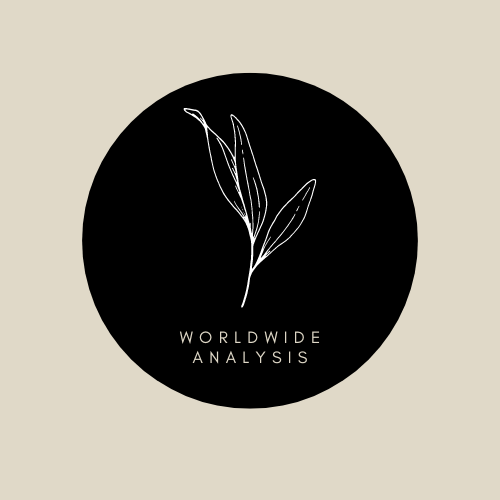Smart lighting is a system that uses energy-saving automated and fixture controls to make the most use of available light sources. This gives the user the flexibility to change ambient lighting based on the number of people present or the amount of daylight.
Industrial, commercial, and residential settings can use smart lighting devices, which often feature a touchscreen panel and wall keypad.
The lighting may also be accessed via a smartphone application, which makes them simple to regulate. Additionally, users of smart lighting systems may modify the color and brightness of fixtures from any location in the world.
Since many public lamps operate on high-intensity bulbs that consume mercury and other materials to function and have negative environmental consequences, smart lighting is a crucial component in the advancement of smart cities.
By 2030, it is anticipated that the smart lighting market will hit $47,674.3 million value. The development of smart cities, the rise in the need for energy-efficient lighting, and improvements in LED lighting solutions may all be attributed to the expansion.
Smart lights are used in both business and residential settings due to their capacity to link with IoT devices and provide a range of ambiances using only smartphones or tablets.
An average home uses 15% of its overall electricity for lighting, so installing LEDs may save you roughly $225 a year on energy bills.
With the increasing use of IoT devices and platforms for smart assistants, a wide range of functions, including customizable color tones, dimming, energy use monitoring, automatic on/off, Wi-Fi, and Bluetooth, have opened up new market opportunities for smart lighting.
In the marketplace for smart lighting, Europe currently holds the top spot and will continue to do so until 2030. The acceptance of common protocols for lighting management systems and the development in the use of tech-enabled workplaces are credited with driving growth in the area.
Almost 60% share is accounted for by new installations due to the urgent need to replace conventional lighting systems with innovative bulbs and related controllers.
Additionally, the entire system is being modified and updated with the most modern technology, and it is extensively employed in the newly built industrial, residential, and commercial areas.
Due to the introduction of new, intelligent technologies in LED lighting, LEDs will continue to have the fastest growth in the market for smart lighting. The high level of consumer knowledge of the advantages of switching from conventional incandescent lights to more dependable, energy-efficient lighting sources is another factor driving the market.
The majority of interior illumination in American households is provided by LED bulbs, as per the U.S. Energy Information Administration.
The three types of indoor applications are commercial, industrial, and residential. Due to the growing acceptance of fixtures and smart bulbs that users can manage to set variable mood-based illumination, the residential sector will see one of the highest growth rates in the coming years.
Additionally, the need to manage energy usage in warehouses and office buildings that are open 24/7 is fueling the need for intelligent lighting in industrial and commercial facilities. By adding smart lights with built-in sensors, you can make sure that the lights are only turned on when necessary, depending on the movement of individuals that the sensors record.



